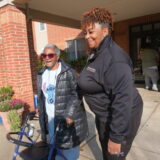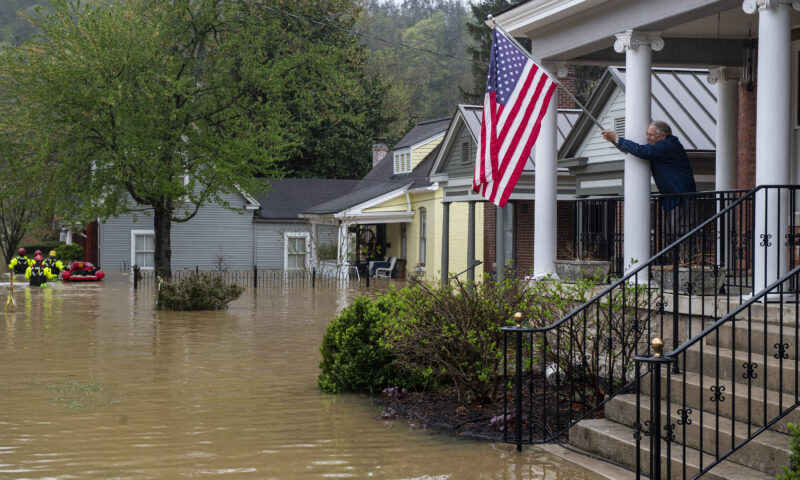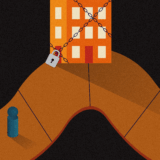Labor & Economy
Aging in California: Shattered Dreams, Broken Care Systems

The ongoing battle to restore the seven percent cut in IHSS hours provides a microcosm of the problems involved in fixing the long-term health care system in California for its most vulnerable clients.
This past January the state Senate’s Select Committee on Aging and Long-Term Care, chaired by Senator Carol Liu, issued a report titled, A Shattered System: Reforming Long-Term Care in California. Its authors concluded that seniors, the disabled, their families, caregivers and state and local governments suffer from a “costly and fragmented, ‘non-system’ of long-term care services and supports.”
After a year-long program of research and hearings, the committee determined that continued reliance upon the existing patchwork of programs and services for the state’s growing aged and disabled population will result in “unnecessary expenditures, inequitable access and irrelevant services.”
Without pointing fingers at any specific political player, the senate committee emphasized there has been a lack of political will in Sacramento to address this growing problem for more than 20 years. And now, the state’s senior population is projected to increase from 5.1 million to 8.4 million by 2030, or one-fifth of California’s population. However, the study also emphasizes that the state’s current economic recovery has given California’s politicians the wherewithal to finally address this looming crisis.
The committee laid out a detailed plan of more than 30 recommendations for a wholesale restructuring of services and support for the aging and disabled populations.
These included taking all of the current programs for dependent adults, which are spread out among at least six major state departments, and combining them into a single, new “Department of Community Living” within the Department of Health Services. They also recommended creating a unified “Long-Term Care” plan to prioritize all of the assistance programs, and appointing a state-level health czar to oversee the effort.
The committee further suggested the new department should analyze workforce needs to take care of the elderly and disabled and address the particular needs of family caregivers who are the backbone of the home-health-care workforce.
Finally, and most important, the committee asked for a commitment from the Administration and the legislature to prioritize investing in the infrastructure, which includes, among other things, addressing a shortage of trained health workers — nurses assistants, home aides — and workers with training in geriatric issues.)
“Without this [financial] support,” said the report, “the consumers, families and, ultimately society as a whole will bear the brunt of a dysfunctional system.”
[divider]Jim Crogan is a Los Angeles-based writer and investigative reporter.Photo by Ahmet Demirel

-

 Latest NewsDecember 8, 2025
Latest NewsDecember 8, 2025This L.A. Museum Is Standing Up to Trump’s Whitewashing, Vowing to ‘Scrub Nothing’
-

 Striking BackDecember 4, 2025
Striking BackDecember 4, 2025Home Care Workers Are Losing Minimum Wage Protections — and Fighting Back
-

 Dirty MoneyDecember 3, 2025
Dirty MoneyDecember 3, 2025Trump’s Anti-Climate Policies Are Driving Up Insurance Costs for Homeowners, Say Experts
-

 Child FarmworkersDecember 5, 2025
Child FarmworkersDecember 5, 2025To Protect Underage Farmworkers, California Expands Oversight of Field Conditions
-

 Column - State of InequalityDecember 4, 2025
Column - State of InequalityDecember 4, 2025Can California Claw Back Some Medi-Cal Care?
-

 Latest NewsDecember 10, 2025
Latest NewsDecember 10, 2025Capital & Main, L.A. Times Win Sidney Award for Reporting on Child Farmworkers
-

 StrandedDecember 9, 2025
StrandedDecember 9, 2025Giving Up on the Dream: Asylum Seekers Try Other Options in Mexico
-

 Locked OutDecember 16, 2025
Locked OutDecember 16, 2025This Big L.A. Landlord Turned Away People Seeking Section 8 Housing

